Spotlights
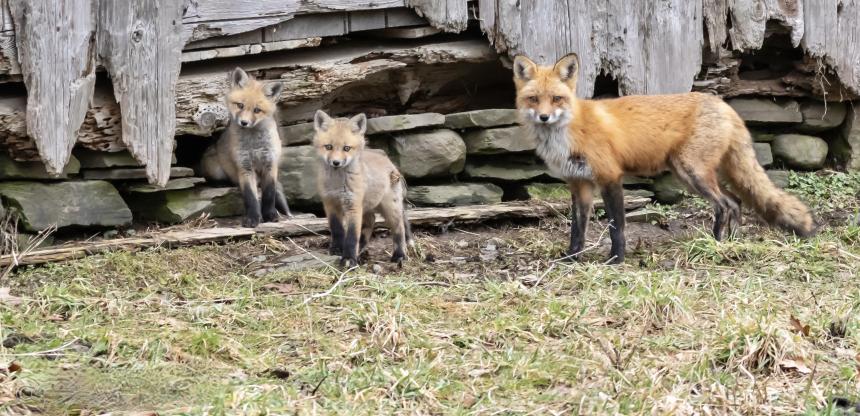
For Your Information
November 01, 2023
This new paper by Cornell researchers presents background and commentary focusing on companion and peri-domestic animals as disease risk for humans, taking into account the human-animal interface and population dynamics between the animals themselves.

For Your Information
October 28, 2023
In this study led by Cornell's Dr. Karyn Bischoff, researchers found pesticide contamination of beeswax in New York State's beekeeping industry to be common, with commercial beekeepers experiencing the greatest contamination.

Announcement
October 26, 2023
Cornell's Dr. Raina Plowright will be serving as a co-chair of a new Commission on Prevention of Viral Spillover, convened by The Lancet and the Coalition for Preventing Pandemics at the Source.

Video
October 23, 2023
In this eCornell webinar, Dr. Steve Osofsky, Dr. Krysten Schuler, and Dr. Jennifer Bloodgood of the Cornell Wildlife Health Center at the Cornell College of Veterinary Medicine share their experiences from the field and the lab to illustrate how the health of wildlife and our own health are inextricably linked.
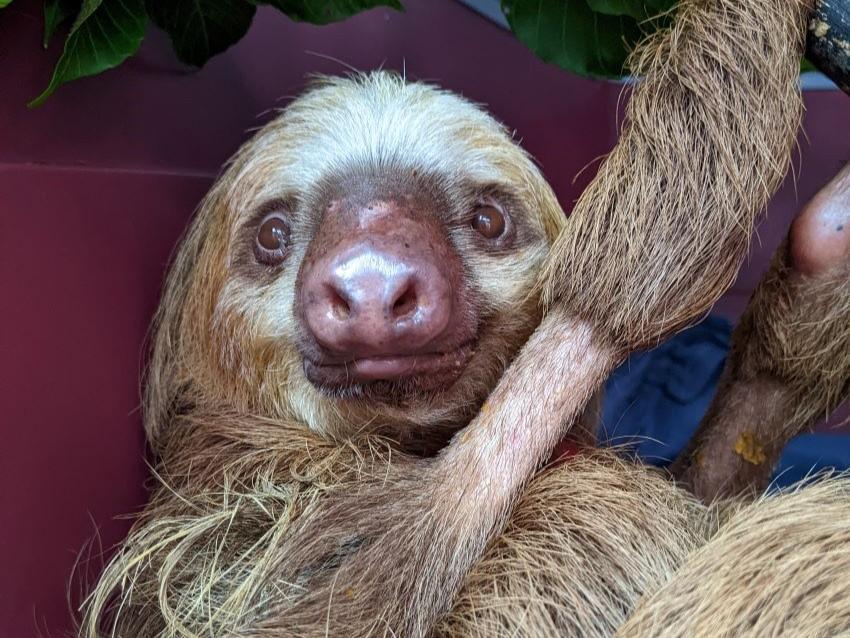
Blog
October 09, 2023
This past summer, Cornell veterinary student Sophie Yasuda traveled to Puerto Viejo de Talamanca, a beautiful beach town along the Caribbean coast of Costa Rica, to work at the Jaguar Rescue Center.

For Your Information
October 06, 2023
This recent study shows that despite a population increase of greater one-horned rhinos in Nepal's Chitwan National Park, genetic diversity has declined.
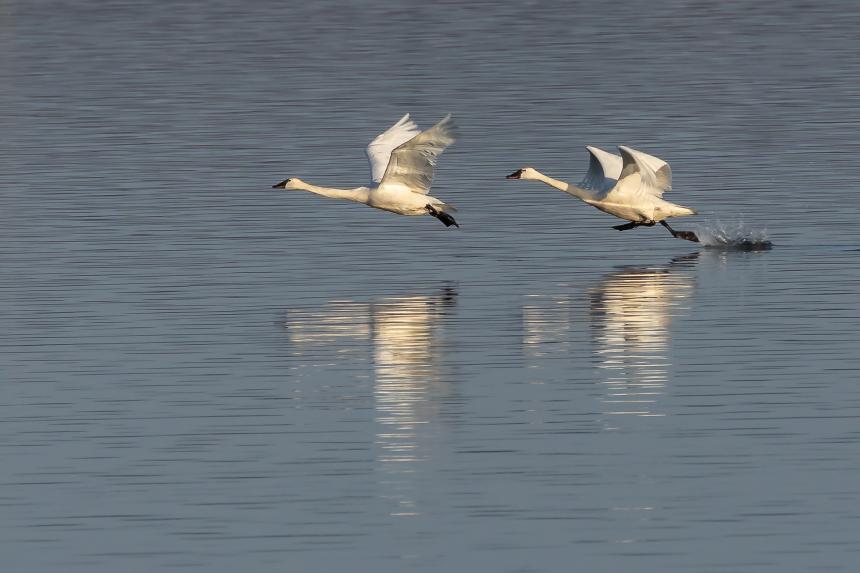
For Your Information
October 05, 2023
Since 2005, highly pathogenic avian influenza A H5N1 viruses have spread from Asia worldwide, infecting poultry, humans and wild birds. This new paper contributes to the understanding of the prevalence and ecology of low-pathogenicity avian influenza viruses in Mongolia, where birds from multiple flyways mix.
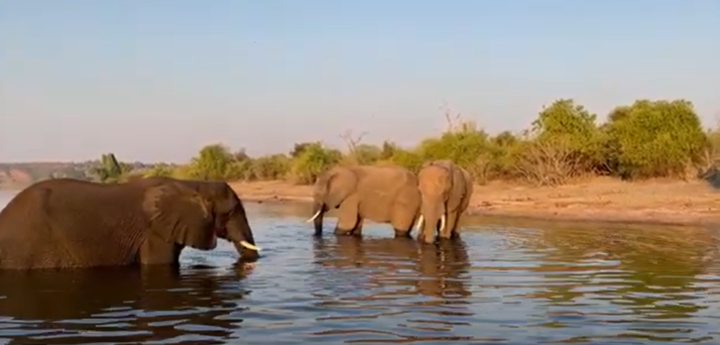
Video
October 03, 2023
Enjoy these beautiful wild elephants in Chobe National Park, Botswana - part of the KAZA (Kavango Zambezi) Transfrontier Conservation Area - where we're working to restore key wildlife migration corridors.

News
September 15, 2023
In this alumni spotlight, we sit down with Cornell alum Hayley Murphy, CEO of the Detroit Zoological Society, and discuss her career journey as zoological veterinarian and wildlife conservationist.
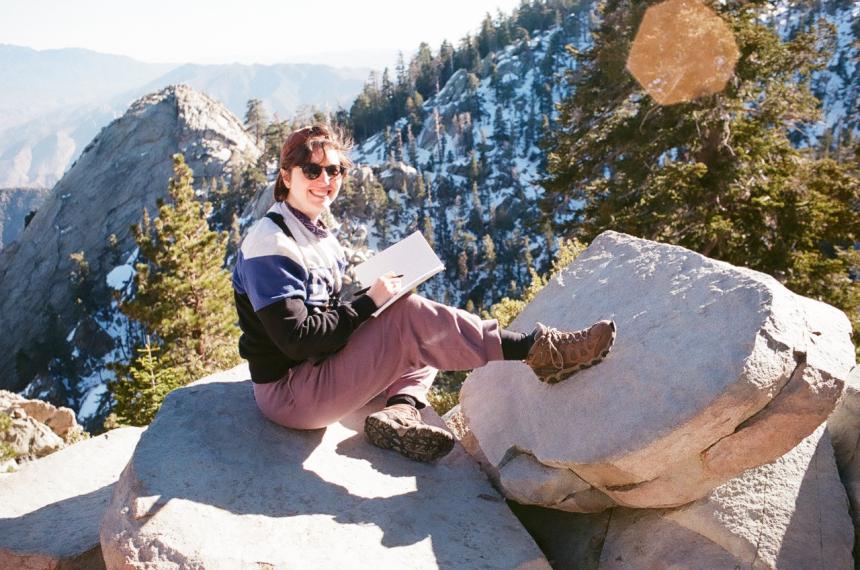
Announcement
September 12, 2023
We're excited to welcome Maggie Swift as a Cornell Atkinson Postdoctoral Fellow, who will use advanced computer modeling to simulate elephant movements in southern Africa that will make it easier to evaluate scenarios for integrative, sustainable land-use management.
